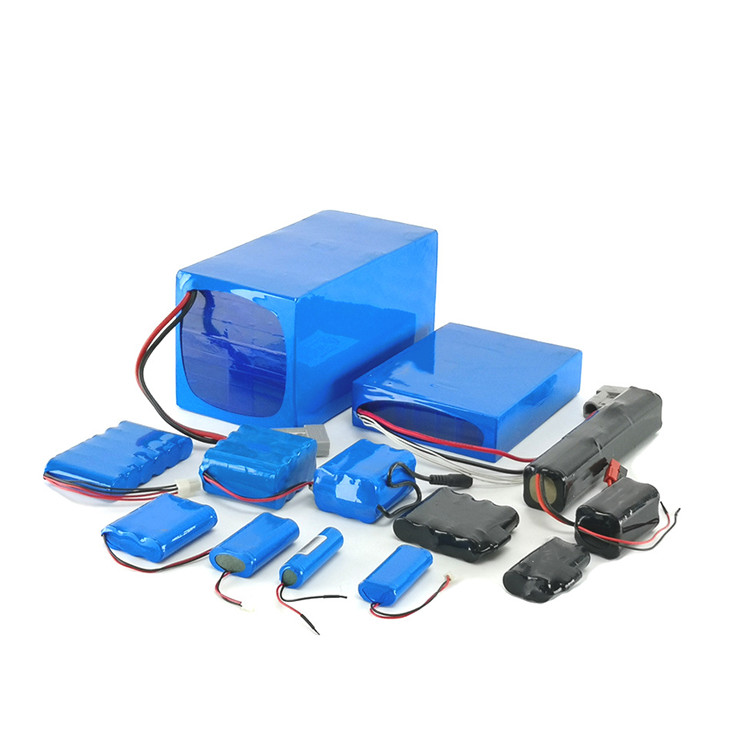Why is lithium battery the mainstream power choice for new energy vehicles?
March 15, 2021
Lithium ion battery is a kind of secondary battery (rechargeable battery), which mainly depends on lithium ion moving back and forth between positive and negative electrodes.
during the charge/discharge process, lithium ions are interpolated and deintercalated between the two electrodes.
Compared with other battery systems such as lead-acid battery and nickel-hydrogen battery, lithium ion battery has the advantages of high energy density, high working voltage, small self-discharge, no memory effect, long cycle life, fast charging, light weight, small volume and no pollution.
After the industrialization of lithium ion batteries with different cathode materials by Sony Company and NEC Moli Energy (Canada) Ltd. in the 1990s, lithium ion batteries have been widely used in consumer electronics, new energy vehicles and energy storage fields.
After more than 20 years of application and development, and the large-scale use of lithium ion batteries in new energy vehicles in recent years, the technology tends to mature, the industry is comprehensive, and the cost of new energy vehicles is constantly approaching fuel vehicles. Thus become the mainstream power choice of new energy vehicles.
lithium ion power battery, as the most critical core component of new energy vehicles, directly affects the performance of new energy vehicles, including the range, safety, service life, charging time and high and low temperature adaptability of new energy vehicles. at the same time, it directly affects the cost of new energy vehicles, which accounts for about 40% of the total vehicle cost.
Breaking through the energy density of power battery, improving the range of life, improving the safety performance, prolonging the service life, shortening the charging time, optimizing the low temperature performance and reducing the battery cost are the key factors for the new energy vehicle to replace the traditional fuel vehicle, increase the permeability and change from policy drive to consumption drive.
Thanks to the rapid development of the global new energy automobile industry since 2014, the demand for power batteries is growing rapidly.
Market data show that global lithium-ion battery shipments reached 188.8 in 2018 GWh, consumer lithium battery, power battery and energy storage lithium battery shipments were 68.3 GWh、107.0GWh and 13.5 GWh., respectively The volume of lithium ion batteries in China reached 102.0 in 2018 GWh, and the volume of consumer lithium batteries, power batteries and energy storage lithium batteries was 31.8 GWh、65.0GWh and 5.2 respectively GWh, The proportion of power batteries has exceeded that of consumer lithium batteries.








 Sales
Sales Sales
Sales Sales01
Sales01
 Sales Manager
Sales Manager